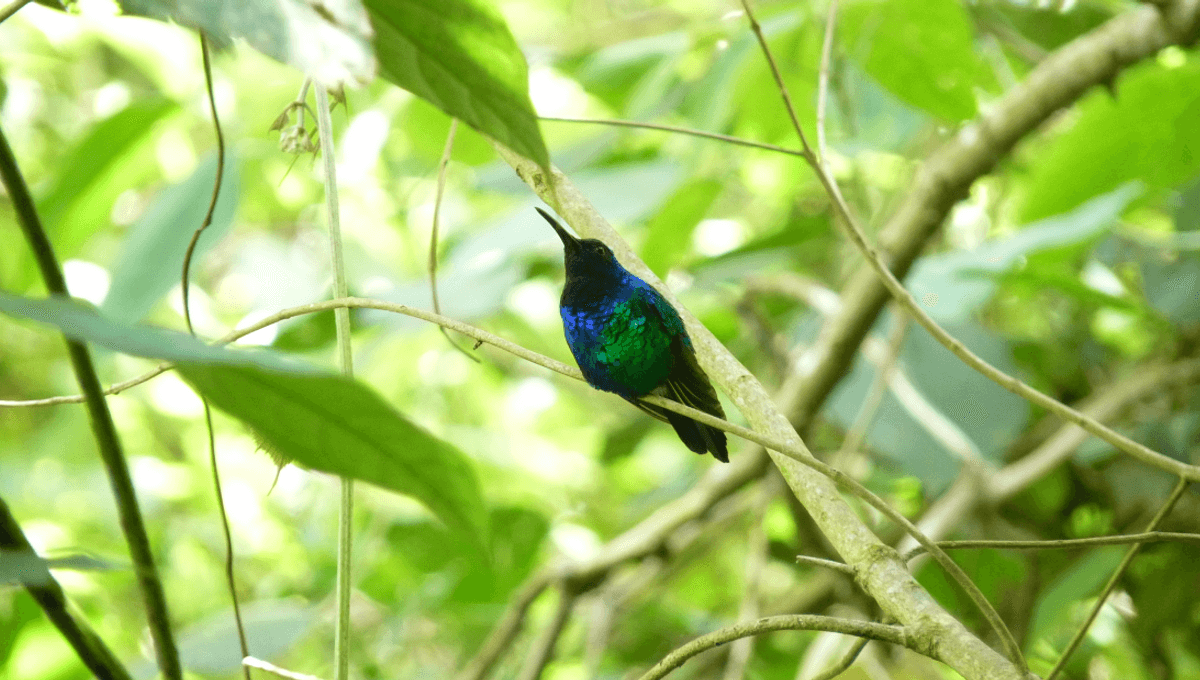
There are 126 species of birds that have been lost to science according to a new analysis. “Lost” species are defined by not having had a confirmed sighting in at least a decade, but you could help find some of them as researchers are calling on citizen scientists to be their eyes and ears.
The Search for Lost Birds is a collaboration between Re:wild, American Bird Conservancy, and BirdLife International, and it aims to identify “lost” birds among the 11,849 species known to science. For the 126 that made the list, there have been no confirmed photos, videos, or audio recordings in the last 10 years, but that doesn’t necessarily mean they are extinct.
Fortunately, we humans bloody love birds. Twitching, as bird watching is known, has seen the Aves become one of the most well-documented animal groups on the planet – a passion that’s reflected in the fact that 1 percent of the world’s birds have managed to evade documentation for this length of time. The unseen few encompass several highly threatened species, however, so while some birds may be “lost” simply because they’re hard to capture, for others, it may be damning indication of the health of the population.
“Figuring out why these birds have become lost and then trying to find them can feel like a detective story,” said John C. Mittermeier, the director of the Search for Lost Birds at American Bird Conservancy, in a statement emailed to IFLScience.
“While some of the species on the list will be incredibly challenging or maybe even impossible to find, others might reveal themselves relatively quickly if people get to the right places. Regardless of the situation, working closely with local people and citizen scientists is the best way to find lost birds and begin conservation efforts to ensure that these species don’t become lost again.”
Some of the rediscovered species:
Compiling the list of 126 involved analyzing more than 42 million photos, videos, and audio recordings listed on The Cornell Lab of Ornithology’s Macaulay Library, iNaturalist, and xeno-canto, as well as diving into museum collections. Originally, 144 were identified, but 14 of those were recorded in the last couple of years, bringing the current number of lost bird species to 126.
The good news? You may be able to play a part in removing more species from the lost list. As study lead author Cameron Rutt told IFLScience, many of these species occur in regions that are secure and accessible to citizen scientists. They include:
In the past, employing the help of citizen scientists has already returned several species to science including the Bismarck honeyeater, long-billed bush warbler, rusty thicketbird, and kangean tit-babbler. Should you be lucky enough to find one of the 126 lost birds, you can get in touch with the Search for Lost Birds via their website. Scientists need as much information as they can get to confirm a rediscovery, so clear photos, videos, or sound recordings of the birds’ calls can go a long way to helping them on their mission.
“While birds are the most well-documented group, every additional data point helps focus the direction of the program,” added Christina Biggs, leader of the Search for Lost Species at Re:wild and one of the co-authors of the paper.
“We want to make sure that our resources go toward preventing extinction of the most threatened species, so this research is extremely valuable for us. As the sixth mass extinction progresses, it’s imperative that we grow our scientific circles to include Indigenous, local community, and citizen science knowledge, every possible bit of information directed at halting biodiversity loss.”
The study is published in the journal Frontiers in Ecology and the Environment.
Source Link: 126 Bird Species Declared "Lost" – Could You Help Scientists Find Them?